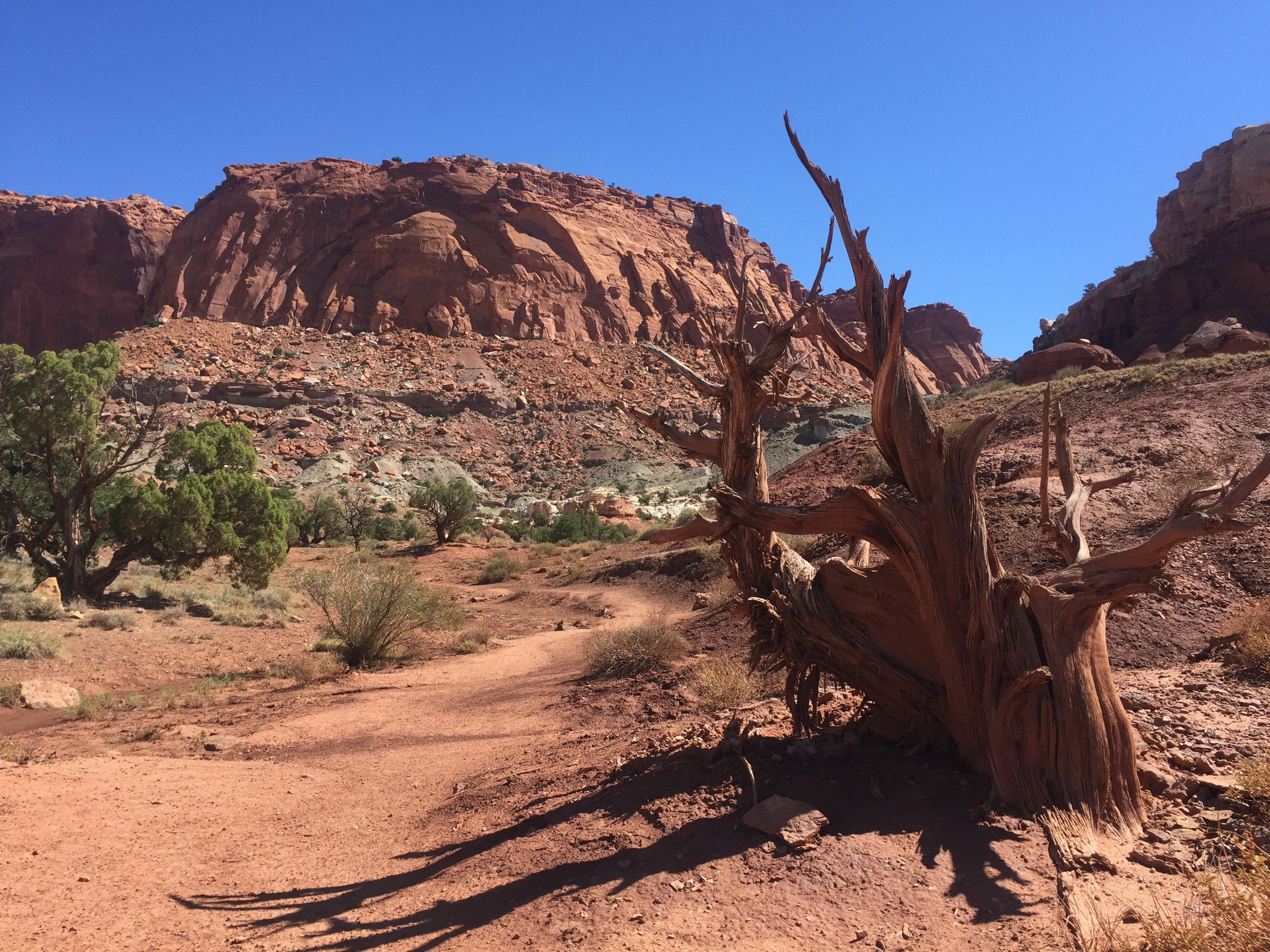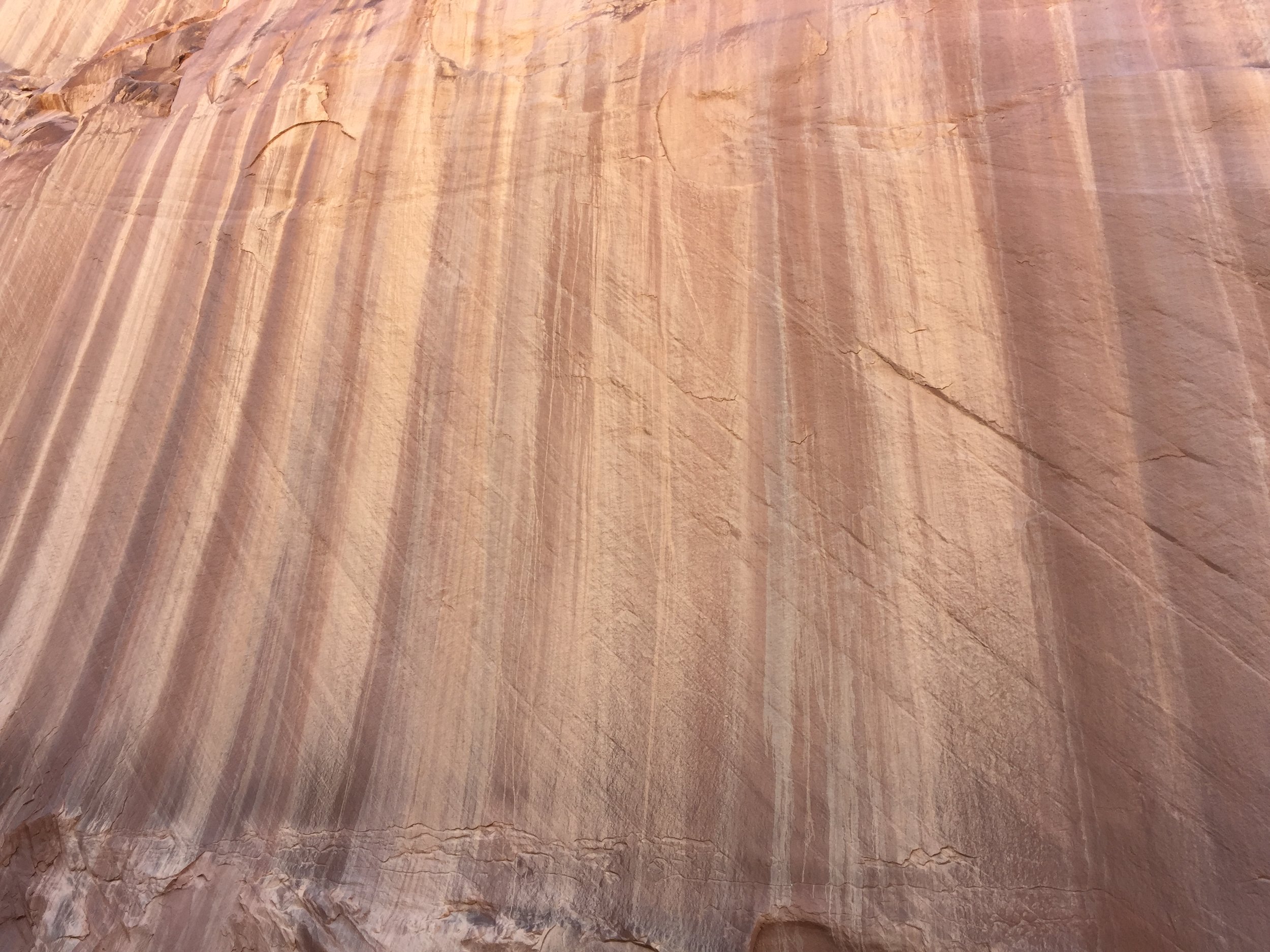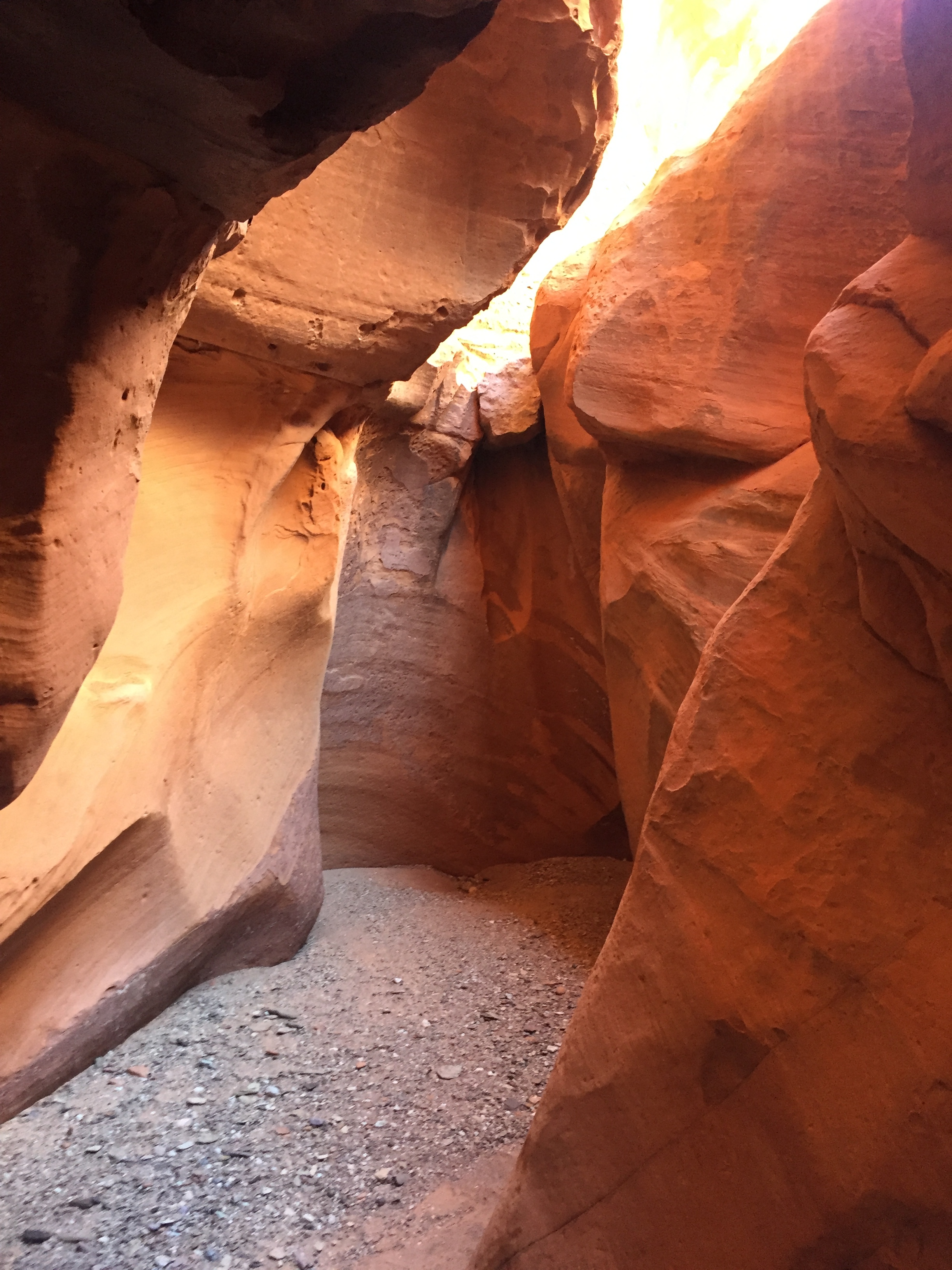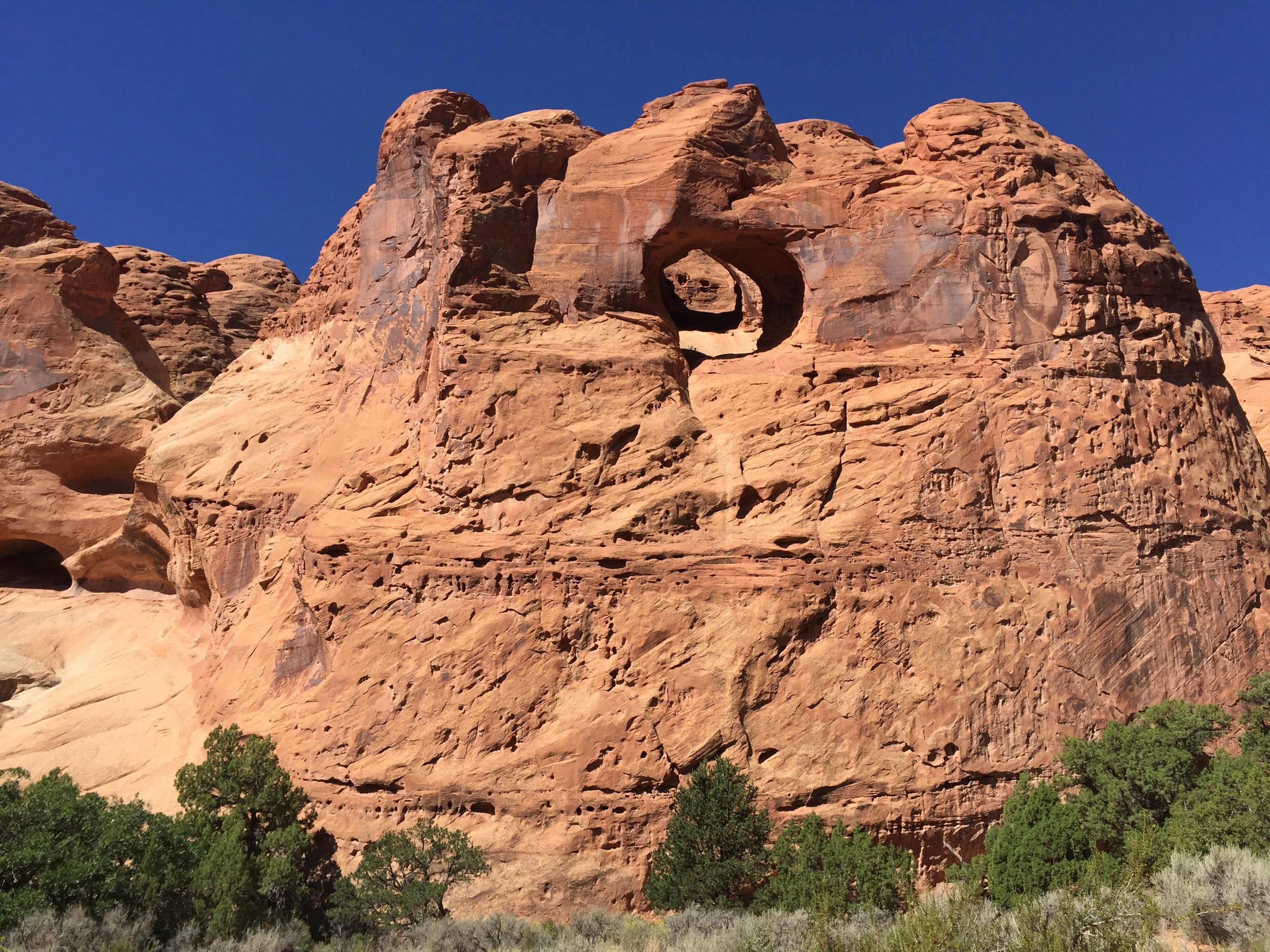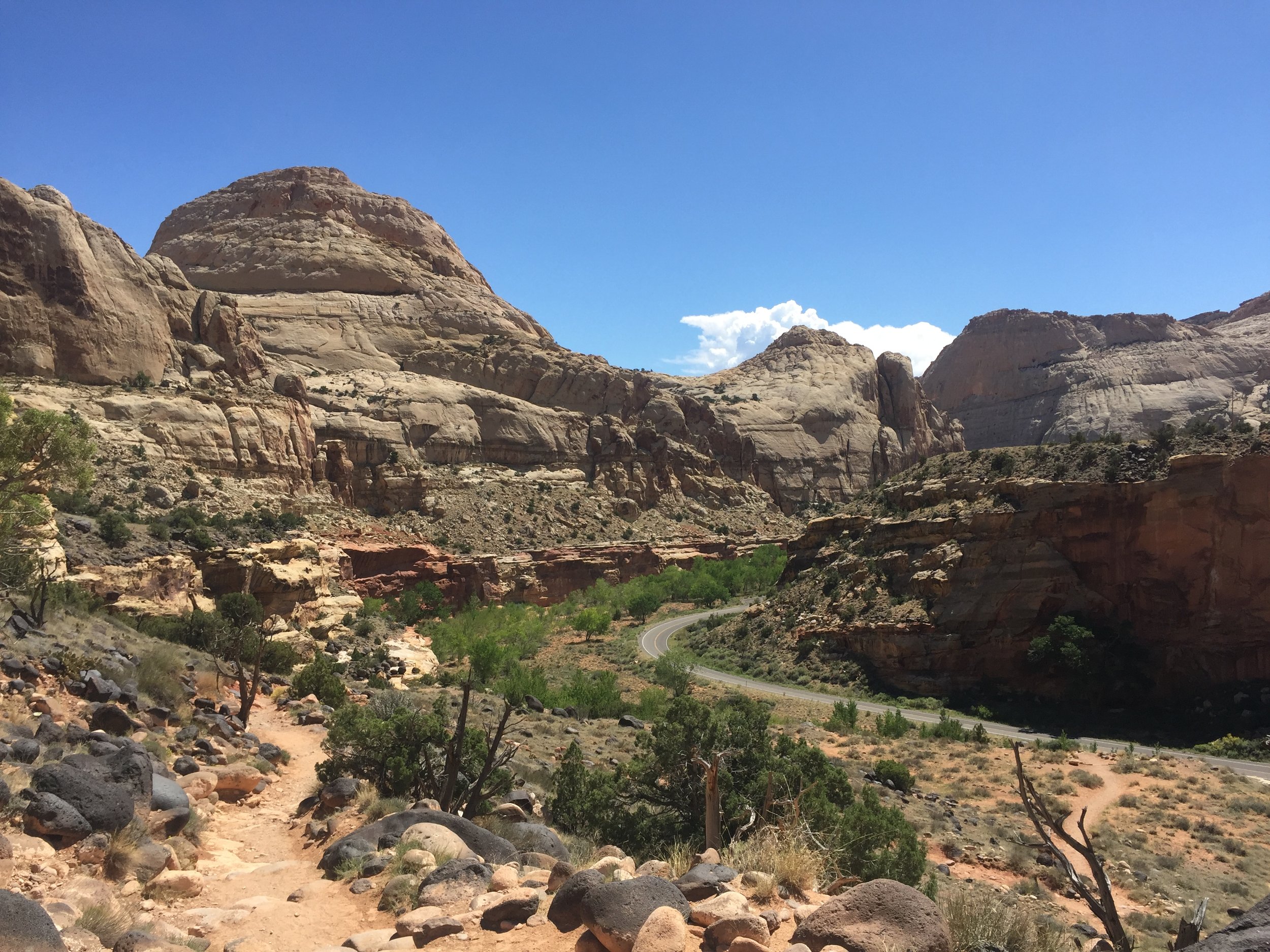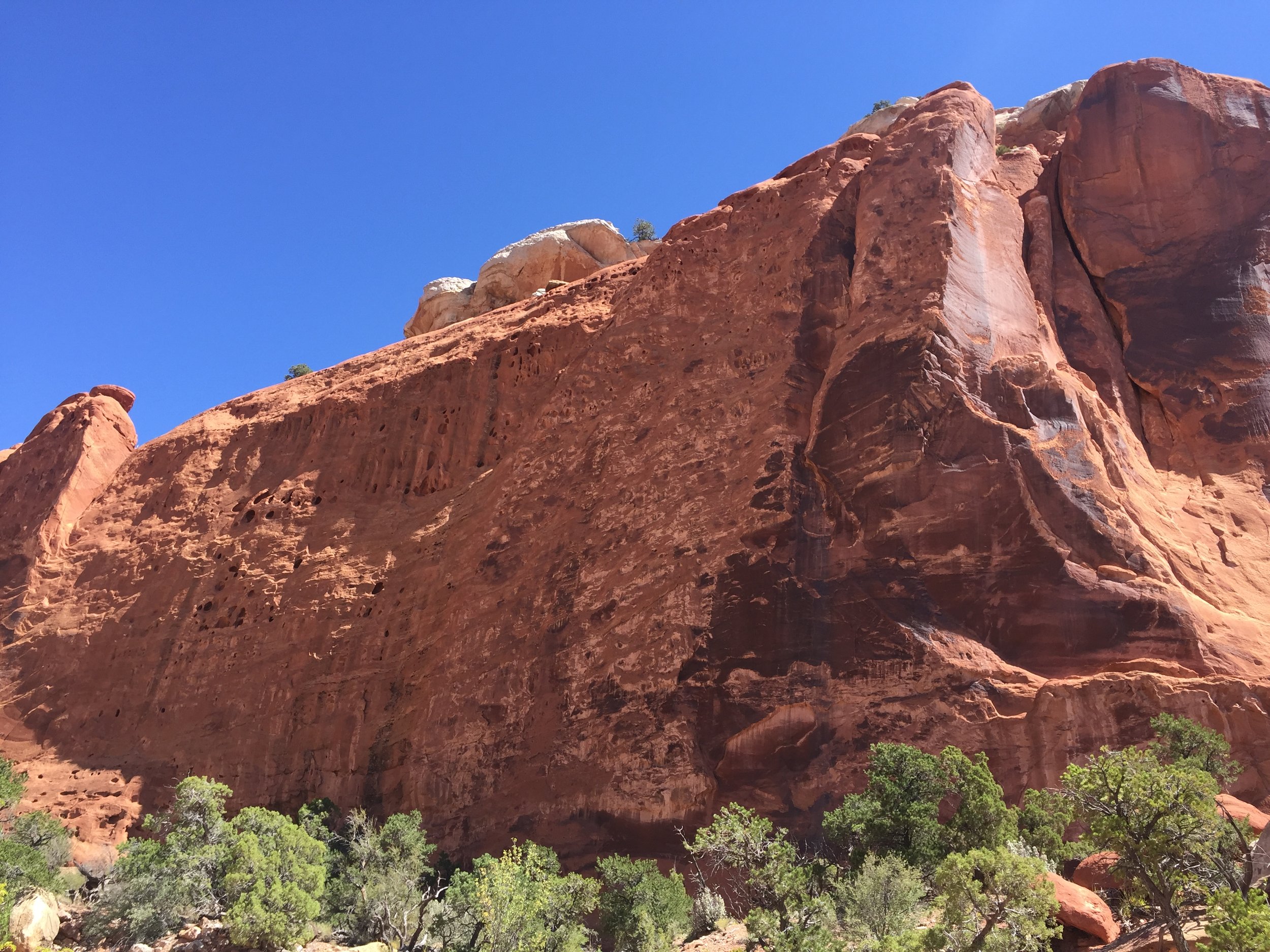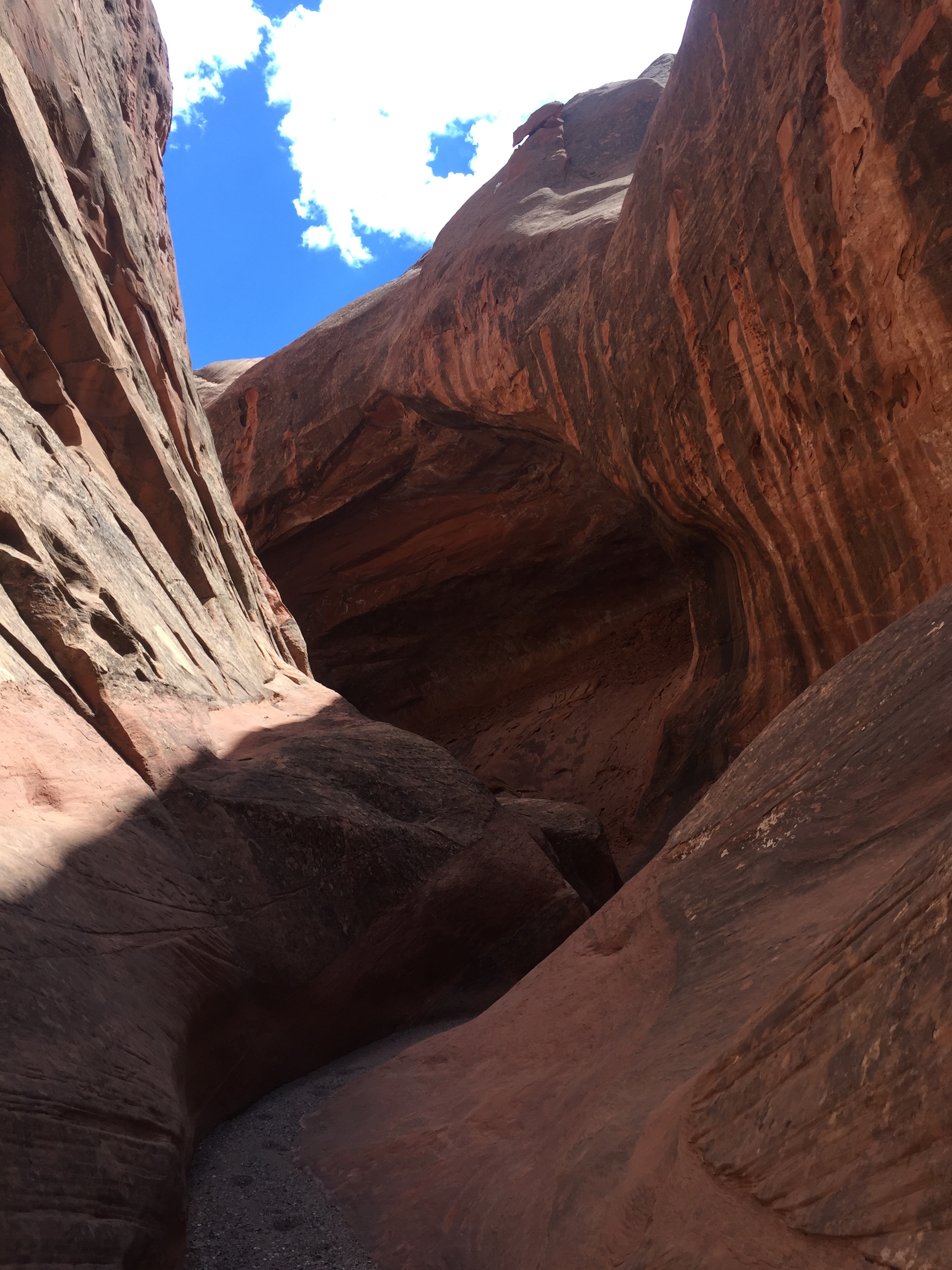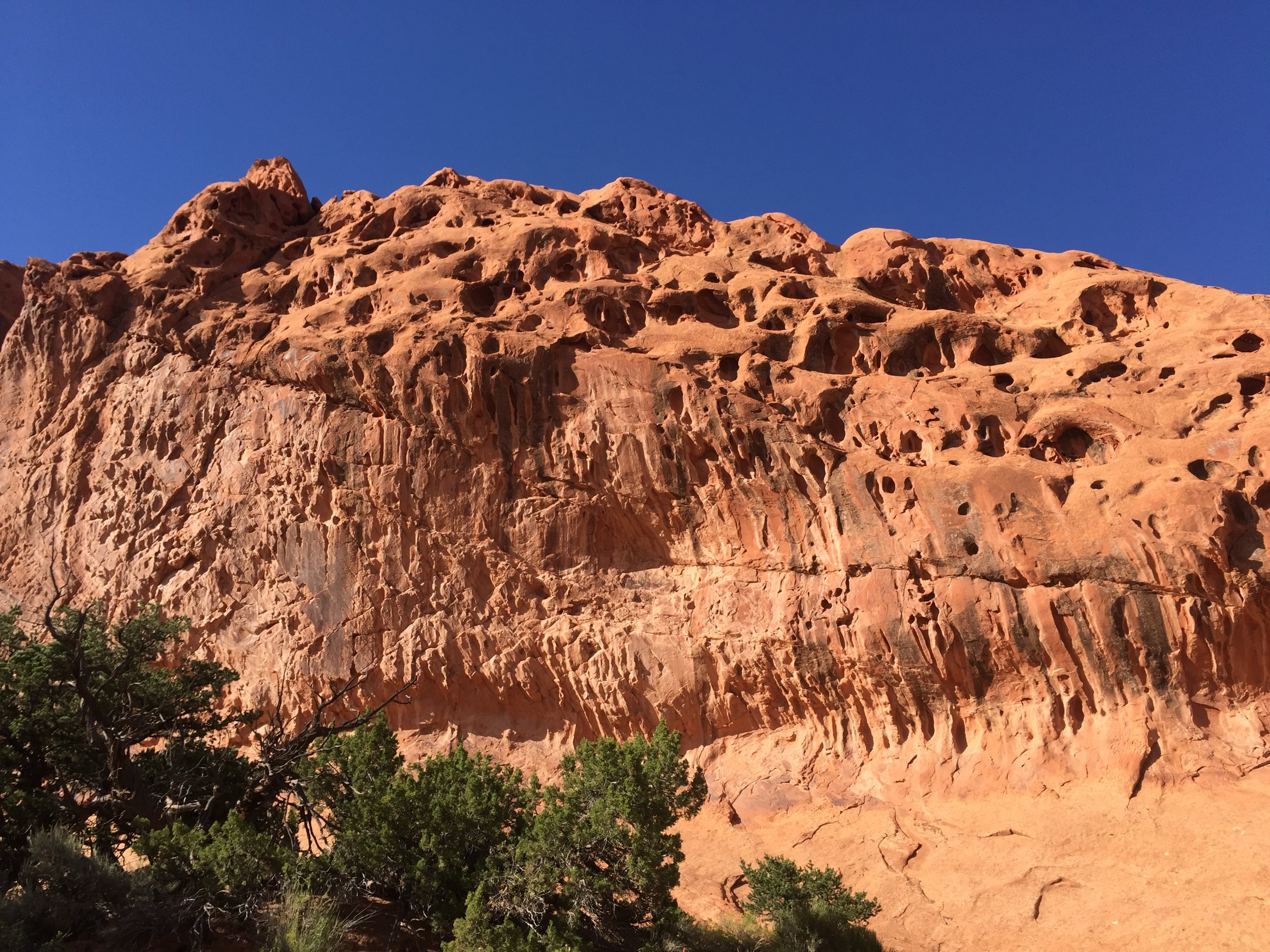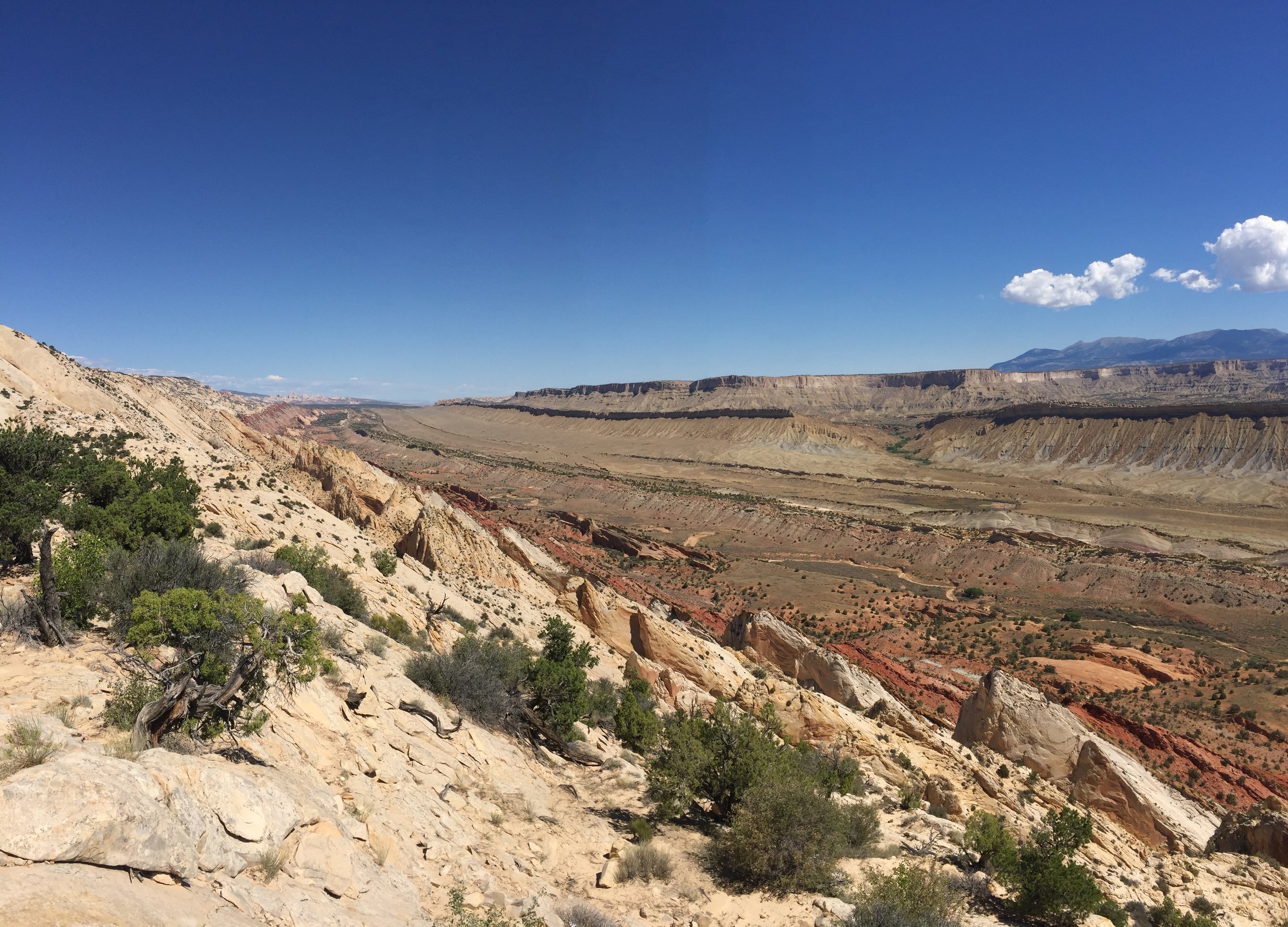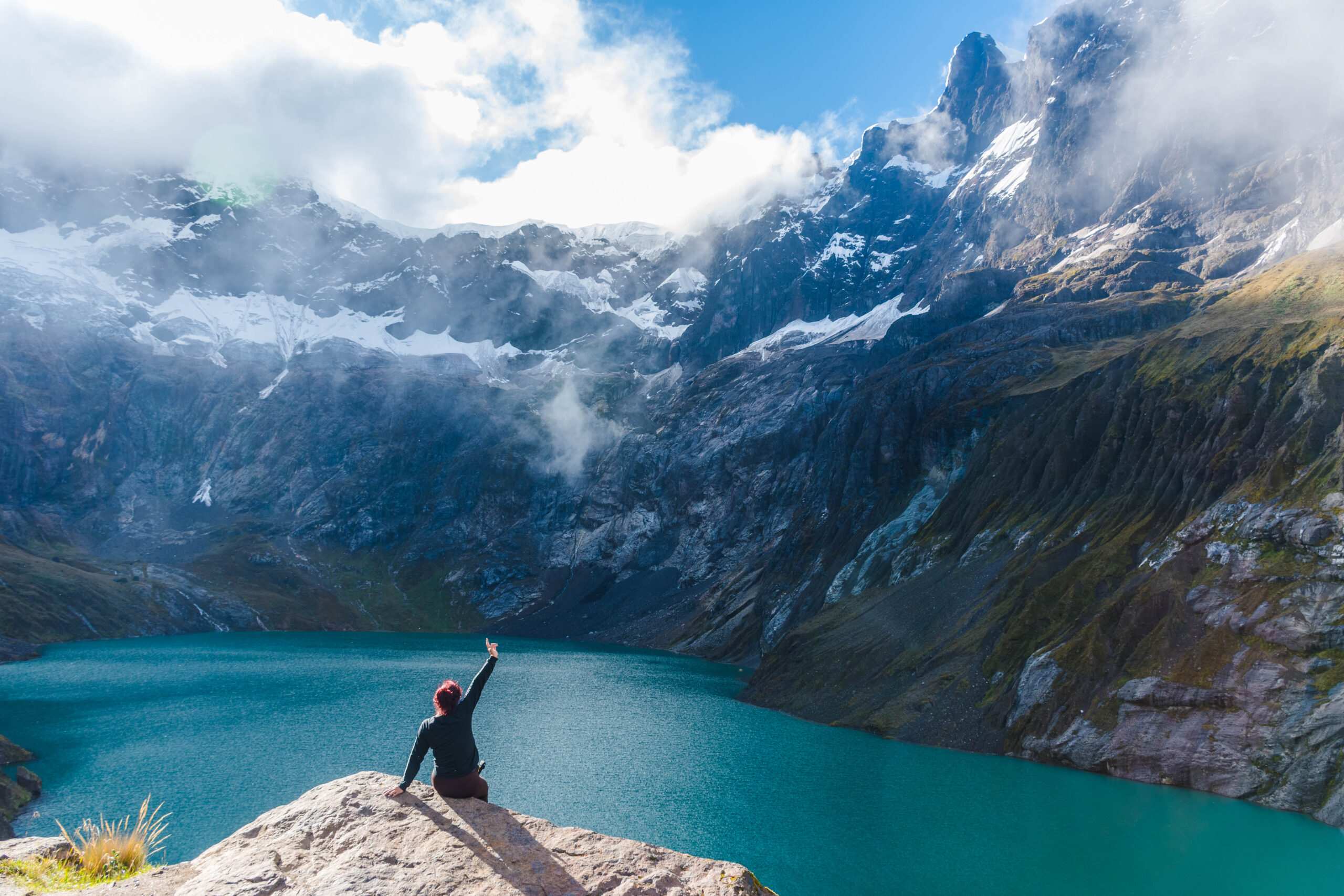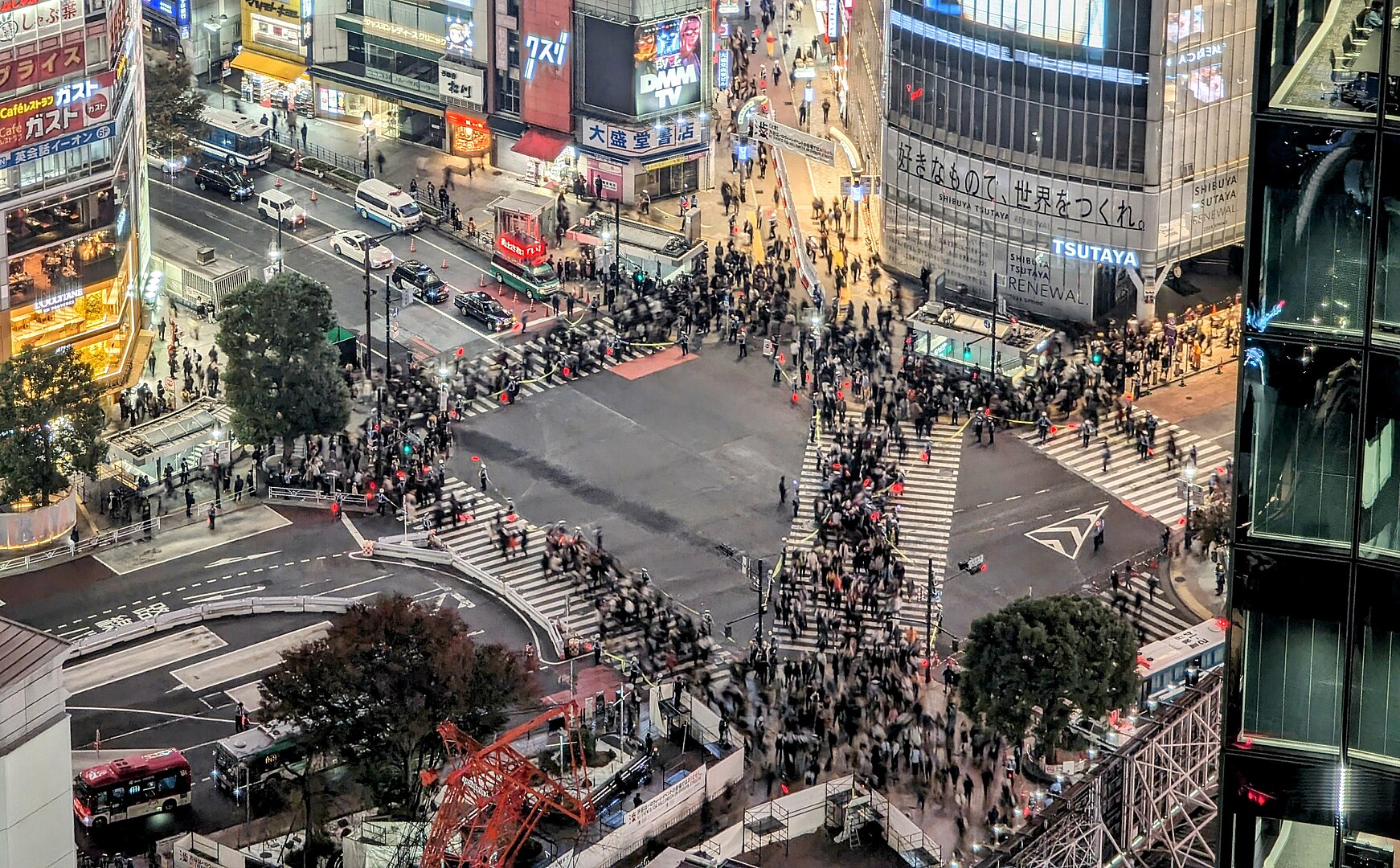AUGUST, 2017 – CAPITOL REEF NATIONAL PARK: President Trump’s enthusiasm for his “Space Force,” the proposed sixth branch of the United States Armed Forces, seems to reflect America’s deep fascination and appreciation of science fiction. Even a man as preoccupied as Mr. Trump still has time to dream about “Space Marines,” or “Star Troopers,” sailing across the cosmos – expanding humanity’s domain beyond our native planet. If you’re like our president and have an interest in pretending to be a galactic explorer, I have a suggestion for your next vacation; somewhere you may be able to live out that dream for a few days.
The word “National Park” conjures in many of us, the images of Yosemite, Sequoia, Yellowstone, or The Smokey Mountains; of majestic waterfalls, granite cliffs, and pristine forests. For some however, the images that well up in our mind’s eye are of sand and silence, rock and dust, sun and stars – the desert. More specifically to our topic are the deserts of Utah.
AUGUST, 2017 – CAPITOL REEF NATIONAL PARK: Flash floods and snowfall have created large crevices in the rock – forming natural bridges. Many of Capitol Reef’s sedimentary rock formations are very soft like this one, reachable just off the main road after a short hike.
A Diamond in the Rough
In the summer of my big travel year, I lay on my hotel bed in Salt Lake City busily swiping my thumbs up and down the National Parks Service website, knowing I wanted to visit one of Utah’s desert parks. Zion, Canyonlands, Arches, and Bryce Canyon hovered on my tablet screen, tempting me with images of swirling cappuccino rock, of pinnacles, spires, and hoodoos like the pipes of some massive rocky church organ, and gentle rivers winding through sleepy, yawning canyons. Unfortunately I soon discovered my options were rather limited, as Arches National Park was undergoing serious road maintenance, while the best spots in Cayonlands were reachable only with four-wheel drive vehicles. Zion and Bryce Canyon sat almost 500 miles from the capital in the very southwest portion of the state – thereby shutting down my desert four-of-a-kind entirely.
Not all was lost however, as I quickly realized there was a fifth National Park in Utah – Capitol Reef, a quarter million acres surrounding a 97 mile long ripple in the earth’s crust, and conveniently the nearest park to Salt Lake City. With iron-oxide rich rocks as red as tomato bisque, summer temperatures reaching over 100 degrees, and wind-sculpted formations, each more bizarre than the last, I immediately felt the overwhelming sensation that I was landing on the red planet, my rented Nissan Versa a spacecraft, my hiking clothes a spacesuit.
I touched down my Nissan Rover at a primitive dusty campsite 41 miles or so from the visitor center down long gravel roads after a day of trekking through an incredibly bizarre world. 19 different sedimentary rock formations spanning 200 million years stand exposed to the waking world, the glory of their primordial-born color palate over-expressed in the sunlight of the hot Utah summer. Traipsing through eroded canyon country, passing under natural bridges, and peeking through stone arches like the windows of an abandoned cottage in the woods, I felt like a pioneer experiencing the remoteness, the excitement, and the vastness of the galactic frontier in a science-fiction novel.
This sensation continued as darkness over took the flickering logs in my fire pit and a show unknown to many in the world began. Capitol Reef is hundreds of miles away from any major city, and the park was designated a Gold Tier “International Dark Sky Park” by the International Dark-Sky Association. I lay in my sleeping bag on the roof of my car and fell asleep staring at the misty grey-blue band of the Milky Way, decorated like a string of tinsel by a hundred-thousand stars.
AUGUST, 2017 – CAPITOL REEF NATIONAL PARK: Here a rocky painting tells a story of the earth’s history, with each band representing different time periods, different materials, and different forces of erosion.
Vastness, Stillness, Silence
As the sun crept over the horizon and onto the canyons of my make-believe Mars, morning found me already heading towards a fantastic canyoning trail suggested to me by one of the always friendly rangers at the visitor’s center. Running up a dry wash for 8 miles it was one of the toughest trails in the park. But nothing had ever been more worth the exertion, as every sun-baked step took me through a rocky Louvre – a collection of masterpieces in stone so great as to relegate Michelangelo’s Pieta or David to mere paperweights.
I saw, natural arches, bone-colored Navajo Sandstone cliffs swirled into cathedral spires or ice cream cones, taffy-smooth walls of rock layered with perfect bands of color like a woven blanket, and crumbling brick-red cliffs spotted with a thousand rocky eyes which seemed to follow me as I passed. I hiked across the magnificent desert landscape from sun up to sundown without seeing a soul, providing the final piece of the cosmic puzzle. It’s rare to be alone in a national park, but I knew if something went awry I would be very far from help of any kind – ratcheting my excitement up even further as I scrambled through narrow slot canyons in the afternoon shade.
AUGUST, 2017 – CAPITOL REEF NATIONAL PARK: The bizarre nature of the rock formations can give you an other-worldly feeling as you walk through a landscape as silent as this desert.
Attending a geology presentation at the visitor’s center the previous day, I had been astounded to see merely four people and only seven cars in the parking lot. “Really,” I thought, “even during the high season?” Now coming to the end of the second day of complete isolation in the silence of the desert, I truly felt I had experienced a glimpse into what the life of an extra-terrestrial settler might be.
That night after making it back to camp with more appreciation for rock than has ever been witnessed outside a geology lecture hall, I lay down once more under the starry curtain of heaven; the aridity of the desert preventing even a single cloud from obscuring, distorting, or detracting from the brilliance of the cosmos.
With the earth’s population passing 2 billion 93 years ago, and doubling from that figure only 44 years ago, the smartest minds of our time are considering turning their intellects towards inter-planetary expansion as a possible solution for over-population (not that I am claiming Mr. Trump could be sorted into such a category). Will Capitol Reef National Park still be around by the time the first civilian boots step down onto the bosom of a new earth? It’s difficult to say; for the wind and water, responsible for carving out such immense beauty will also be responsible for its inevitable destruction. Perhaps maturely the National Parks Service have decided not to intervene in this natural process, but certainly anyone hoping to build a cottage on Mars or of taking the nine-fifteen to Andromeda may do well to first spend a weekend in the deserts of Utah to hone their interstellar exploring techniques before the earth whose forces formed the lovely buttes, canyons, and domes of Capitol Reef National Park returns its prodigiously handsome offspring to dust.
AUGUST, 2017 – CAPITOL REEF NATIONAL PARK: Pictured: Capitol Reef is situated on a geological feature called a “Monocline” nicknamed the Waterpocket Fold – a ripple in the earth’s crust 97 miles long.
